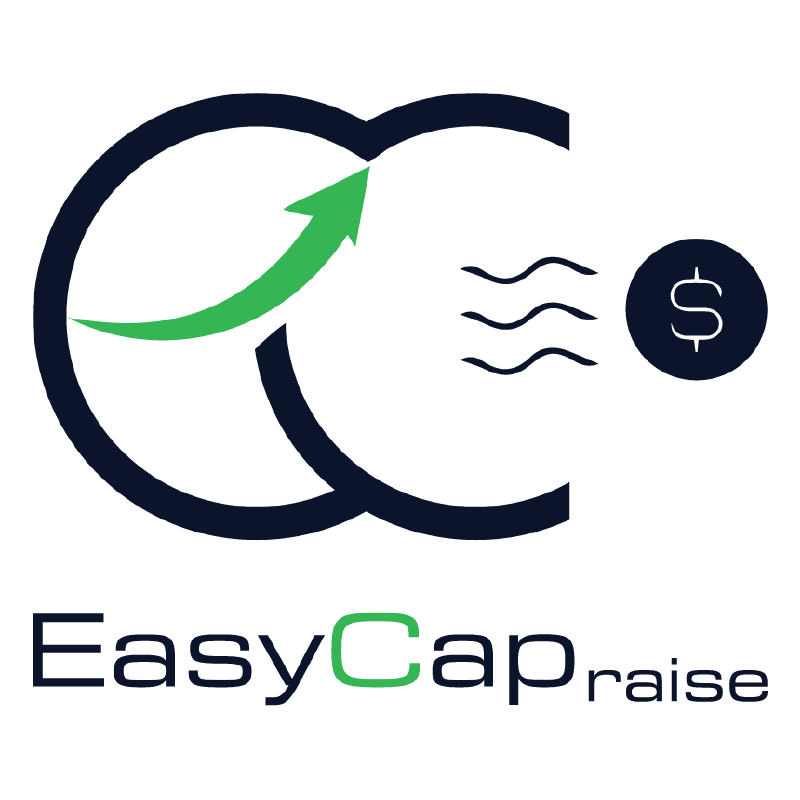Building a Strong Cap Table: A Guide to Your Startup’s Ownership Structure

If you’re a startup founder or investor, you know that a strong cap table is essential for building a successful business. A cap table is a document that outlines the ownership structure of a company, showing who owns what percentage of the equity. A well-structured cap table not only helps you keep track of who owns what, but it also provides a clear picture of your company’s value and growth potential. This guide is designed to help you understand the importance of a strong cap table and provide you with the knowledge and tools to build and maintain one for your startup.
Purpose of the Guide
The purpose of this guide is to help startup founders and investors build a strong cap table for their businesses. We’ll start by defining what a cap table is and why it’s important. Then, we’ll walk you through the process of building a strong cap table, including determining the types of securities to issue and structuring the equity split among founders, employees, and investors. We’ll also cover common mistakes to avoid and best practices for maintaining a strong cap table. By the end of this guide, you’ll have the knowledge and tools to create and maintain a strong cap table that will set up your startup for success.
Next, we’ll move on to defining what a cap table is and why it’s important.
Understanding the Cap Table: A Guide for Startups
A cap table is a fundamental tool for startups that allows them to keep track of who owns what within the company. In this section, we will delve into the cap table’s definition, its importance, and its role in startups.
The Cap Table: More Than Just a Spreadsheet
A cap table is a spreadsheet that lists all the securities issued by a company and their owners. It’s much more than a simple document; it’s the key to success for startups. A well-maintained cap table can help you navigate the complex world of funding, investment rounds, and equity ownership changes.
Why is a Cap Table so Important for Startups?
A cap table is critical for a startup’s success because it helps the founders and investors determine the company’s pre-money or post-money valuation, the ownership percentages, and the rights of each owner. It’s a tool that helps you avoid costly mistakes and negotiate better terms with investors.
To build a strong cap table, you need to determine the types of securities to issue and structure the equity split among founders, employees, and investors. This process requires careful planning and negotiation to ensure that the cap table is fair and attractive to investors. In the next section, we’ll explore how investment rounds can affect the cap table and how to plan for them to maintain a strong cap table.
Investment Rounds and Cap Tables: How to Plan for Success
As a startup grows and expands, it may require additional funding to fuel growth and innovation. Investment rounds are a common way to raise capital, but they can significantly impact the cap table. In this section, we’ll explore the relationship between investment rounds and cap tables and how to plan for them to maintain a strong cap table.
Understand How Investment Rounds Impact the Cap Table
When a startup raises fund, new securities are issued, and existing securities may be converted or diluted. This can impact the ownership structure of the company, altering the percentage of equity ownership for each investor, founder, and employee (ESOP). It’s crucial to understand how investment rounds can impact the cap table to ensure that the ownership structure is maintained.
Plan Ahead to Ensure a Strong Cap Table
To ensure that the cap table remains strong and fair, it’s essential to plan for future investment rounds in advance. Planning ahead involves considering factors such as the number of options to be issued, the valuation of the company, and the impact on existing shareholders. This proactive approach can help you negotiate better terms with investors and avoid costly mistakes that can negatively impact the cap table.
Regularly Update the Cap Table and Track Equity Ownership Changes
Maintaining an accurate and up-to-date cap table is crucial for startups. As new investments are made, or a convertible note is converted, new securities are issued, and the cap table must be updated to reflect changes in ownership. Regularly tracking equity ownership changes is necessary to ensure that the cap table is accurate and reflects the current ownership structure.
Common Cap Table Mistakes to Avoid
While maintaining a strong cap table is critical for the success of any startup, it’s easy to make mistakes that can have long-term consequences. In this section, we’ll explore some common cap table mistakes and provide guidance on how to avoid them.
Mistake 1: Failing to Keep the Cap Table Up to Date
One of the most common cap table mistakes is failing to keep it up to date. If the cap table is not accurate, it can lead to confusion and disputes between shareholders. By regularly updating the cap table, you can avoid these issues and maintain a transparent ownership structure.
Mistake 2: Ignoring the Impact of Dilution
Dilution can have a significant impact on the ownership structure of a startup, and it’s essential to understand how it works. Ignoring the impact of dilution can lead to misunderstandings and disagreements between shareholders. By considering the long-term implications of funding and making informed decisions, you can maintain a fair and transparent ownership structure.
Mistake 3: Failing to Plan for Future Investment Rounds
Investment rounds can have a significant impact on the ownership structure of a startup, and failing to plan for future rounds can lead to unexpected dilution. By anticipating future investment rounds and planning accordingly, you can avoid surprises and maintain control over the ownership structure.
Maintaining a Strong Cap Table for Long-Term Success
Maintaining a strong cap table over the long term is essential for the success of any startup. In this section, we’ll explore how to keep the cap table accurate and up to date, understand the impact of dilution, and make informed decisions to maintain a fair and transparent ownership structure.
Regularly Update the Cap Table and Track Equity Ownership Changes
As your startup grows and expands, new investments may be made, and equity ownership may change. It’s crucial to keep the cap table updated, accurately reflecting these changes. Regularly updating the cap table can help ensure that you have a clear understanding of the ownership structure of your startup and make informed decisions regarding future investments.
Understand the Impact of Dilution
Dilution occurs when new shares are issued, reducing the percentage of ownership held by existing shareholders. As a startup raises additional funding, dilution can occur, impacting the equity ownership of founders, employees, and investors. It’s crucial to understand the impact of dilution and make informed decisions to maintain a fair and transparent ownership structure.
Consider the Long-Term Implications of Funding
When raising additional funding, it’s essential to consider the long-term implications for the cap table. New investors may bring valuable experience and resources to the table, but their investment may also lead to dilution of existing shareholders. It’s crucial to weigh the potential benefits and drawbacks of funding and make informed decisions that align with your long-term vision for the company.
Incorporate Cap Table Management into Your Startup Culture
Cap table management is a crucial aspect of startup success, and it should be incorporated into the company culture. Regularly communicating with stakeholders about the cap table and its implications can help build trust and transparency. By prioritizing cap table management and ensuring that everyone has a clear understanding of the ownership structure, startups can build a strong foundation for long-term success.
In conclusion, a strong cap table is essential for any startup seeking long-term success. By understanding what a cap table is, building a strong foundation, and avoiding common mistakes, startups can maintain control over their equity ownership and make informed decisions about funding.
At Easy Capraise, we believe that building a strong cap table should be easy and accessible for all startups. Contact us today to learn more about our services and how we can help your startup build a strong foundation for long-term success.
Summary:
The purpose of the guide mentioned in this content is to help startup founders and investors understand the importance of a strong cap table and provide them with the knowledge and tools to build and maintain one for their startup. It covers topics such as defining a cap table, understanding its importance, determining the types of securities to issue, structuring the equity split, planning for investment rounds, and avoiding common mistakes. The goal is to enable founders and investors to create and maintain a strong cap table that will set up their startup for success.
FAQs About Cap Table:
What information is included in a Cap Table?
Cap Table typically includes information on the ownership structure of a company, such as the names of shareholders, the number and types of shares issued, the percentage ownership of each shareholder, and any equity or debt instruments issued by the company.
What are some best practices for managing a Cap Table?
A: Best practices for managing a Cap Table include regularly updating the information on the table, keeping accurate records of equity issuances and transfers, and ensuring that all legal and regulatory requirements are met. It is also important to maintain confidentiality and restrict access to the Cap Table only to those who need to know.
How can a company improve its Cap Table?
Companies can improve their Cap Table by adopting modern Cap Table management software that enables them to easily update and maintain accurate records of equity issuances and transfers, and by regularly reviewing and updating their Cap Table as their business grows and evolves.
Who typically manages a company’s Cap Table?
The management of a company’s Cap Table is typically overseen by its CFO, and the actual management of the Cap Table is often handled by a dedicated Cap Table manager or a legal team.
Contact us
Good to have you here! If you have any queries, please leave your message. Our team will reach out soon:)
.




